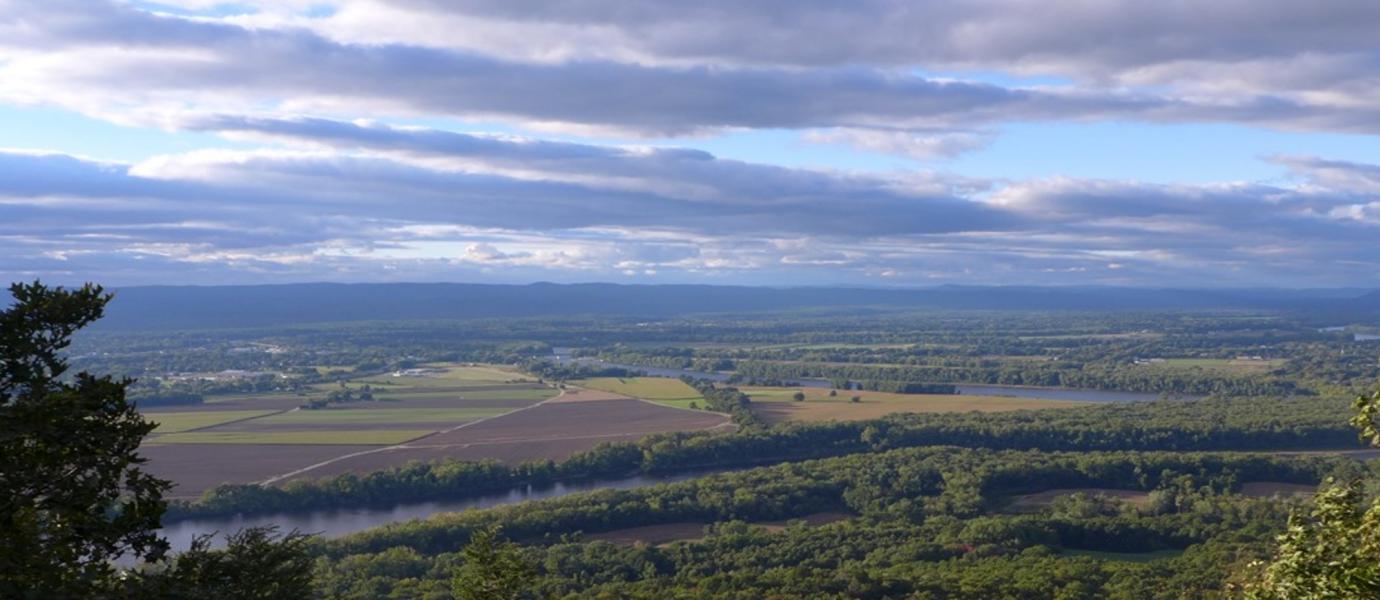
MassWildlife, and The Nature Conservancy in Massachusetts
Designed to guide strategic biodiversity conservation by focusing land protection and stewardship on the areas that are most critical for ensuring the long-term persistence of rare and other native species and their habitats, exemplary natural communities, and a diversity of ecosystems, and intact landscapes in Massachusetts.
- Online map viewers (on the BioMap website, and through MassMapper, MAPPR - Mapping and Prioritizing Parcels for Resilience, and Resilient MA) - the latter two currently incorporate the older BioMap2
- GIS data via MassMapper and MassGIS
- Summary reports for an area of interest via the online map viewer
- Fact sheets and habitat restoration resources on the BioMap website
The online map viewers and town reports are readily usable. Access to, and familiarity with, GIS is required to explore downloaded data.
BioMap is a conservation planning tool that uses both a species-based and ecosystem/landscape-based approach that integrates known occurrences of rare species with landscape analyses of resilience, habitat value and ecological integrity. It combines MassWildlife’s Natural Heritage & Endangered Species Program’s (NHESP) 40 years of rigorously documented rare species and natural community records from MassWildlife with cutting-edge climate resilience data from The Nature Conservancy and spatial data identifying intact fish and wildlife communities, habitats, and ecosystems that are the focus of the Massachusetts State Wildlife Action Plan (SWAP). The landscape analyses use customized versions of UMass’ Conservation Assessment & Prioritization System (CAPS) to identify vernal pool cores (clusters), forest cores, wetland cores, aquatic cores, and landscape blocks. The wetland and aquatic habitats include variable-width buffers.
BioMap also integrates The Nature Conservancy’s Resilient Sites for Terrestrial Conservation that identifies large, topographically diverse, and well-connected ecosystems and landscapes. These areas provide options for species to move to suitable habitat during climate extremes and in the context of long-term temperature and precipitation changes. Freshwater resilience is captured through the inclusion of aquatic strongholds with the highest native species diversity, health and abundance; cold-water climate refugia; and aquatic connectivity. BioMap’s Regional Connectivity component supports species range shifts by defining areas that are particularly important for maintaining large-scale connections across eastern North America.
BioMap consists of two main polygon-based datasets: Core Habitat, and Critical Natural Landscapes. Core Habitat identifies areas critical for the long-term persistence of rare species, exemplary natural communities, and resilient ecosystems. Critical Natural Landscape identifies large landscapes minimally impacted by development, and buffers to core habitats and coastal areas.
BioMap presents evaluations of biodiversity data at different spatial scales, namely local, statewide and regional analyses. Local Components identify habitats assessed and prioritized from the perspective of each city and town, which provides municipalities and local land trusts with information to identify locally important priorities. The State Components consider Massachusetts as a whole by identifying statewide conservation priorities. Regional Components identify habitats that are particularly important for regional conservation and the habitat connections that are critical for conservation success in the Northeast U.S., that can help inform conservation decisions within Massachusetts.
BioMap’s online hub includes an interactive map and instructional web pages that walk users through ecological concepts and provide illustrated information on the different components of biodiversity. The online map features a Summary Report tool that enables the user to derive information for a specific area of interest. The hub also includes a Habitat Restoration Resource Center that provides recommendations and resources for stewardship actions to promote habitat resilience, restore ecological processes, and allow communities to adapt to climate change.
Although BioMap uses many of the same data that were used to identify Priority Habitat by NHESP, the Priority Habitat mapping was created as a regulatory screening tool to support the Massachusetts Endangered Species Act. BioMap2 is a non-regulatory tool to inform the planning and prioritizing of conservation actions.
Learn more about the terms used in this tool profile from the Glossary.